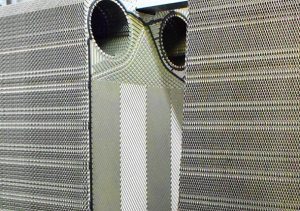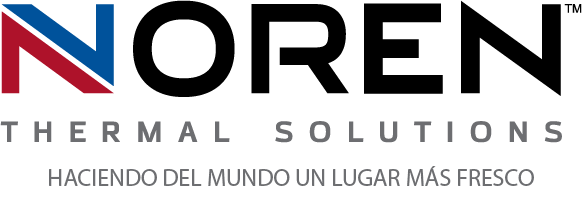 The ability to make electrical thermal management a cost-efficient process has been one of the most significant advantages of companies utilizing more streamlined cooling solutions. In many cases, those solutions involve modern heat exchangers that are designed to continuously transfer waste heat within electrical enclosures. With more advanced thermal management and the streamlining of electrical cooling processes, companies have significantly reduced many of the costs associated with older cooling solutions.
The ability to make electrical thermal management a cost-efficient process has been one of the most significant advantages of companies utilizing more streamlined cooling solutions. In many cases, those solutions involve modern heat exchangers that are designed to continuously transfer waste heat within electrical enclosures. With more advanced thermal management and the streamlining of electrical cooling processes, companies have significantly reduced many of the costs associated with older cooling solutions.
Using less energy for electrical cooling
The amount of energy companies rely on to power their everyday operations can be one of the biggest of their overhead costs. With traditional electrical cooling solutions, such as air conditioners and air compressors, energy usage is high out of necessity. It takes a lot to continuously generate chilled air within air conditioner or air compressor, and then to circulate it constantly throughout multiple electrical enclosures of different sizes. By contrast, modern thermal solutions such as heat exchangers can achieve consistently high-performance thermal management by transferring waste heat without the need for chilled air. As a result, the energy required to power heat exchangers is substantially lower, which helps reduce companies’ energy consumption and overhead expenses.
Reducing downtime related to thermal management
High energy requirements were a significant factor in the traditionally high costs of maintaining electrical cooling solutions. Yet, it wasn’t the only factor that involved large investments of a company’s time and money. The traditional methods of chilling air and circulating it through electrical enclosures requires the use of complicated machinery with many external mechanical parts. Each of these can be prone to wear and tear, malfunctioning, or breaking down in the middle of operations, leading to costly (and frequent) downtime as the part is repaired or replaced. The process of transferring waste heat, however, is accomplished within more streamlined heat exchanger designs, such as heat pipes or cold plates, that can operate continuously for years with little or need for maintenance.
Making advanced technology more efficient
The more efficient and cost-effective manner in which heat exchangers keep electrical enclosures cooled has proven a huge advantage in helping companies reduce the overall costs of their operations. Yet, heat exchangers’ impact on thermal management has also had a significant influence on the adaptation and implementation of more advanced technologies in many industries. Heat exchangers provide high-performance cooling in highly effective and easily manageable cooling units, using little more than an eco-friendly cooling fluid and natural heat transfer principles. This has also made it easier for companies to invest in more advanced technological systems without shouldering higher thermal management costs.
For more information about reducing costs with more advanced thermal management, call Noren Thermal Solutions in Taylor, TX, at 866-936-6736.







